Landscaping Tools And Equipment
Ever feel like you spend all weekend wrestling with yard work? You're not alone! Using the right landscaping tools and equipment makes a difference in how quickly and easily you can tackle outdoor projects.
As the seasons change, many homeowners find themselves facing
seasonal cleanup tasks. Whether planting a flower bed or bringing order to overgrown shrubs, there's a perfect tool for the job. This guide introduces the essential yard tools every homeowner needs to create a beautiful and manageable yard.
Richmond Landscapes simplifies lawn and garden maintenance for homeowners short on tools and time. We take all the guesswork out so you can focus on enjoying your outdoor space.
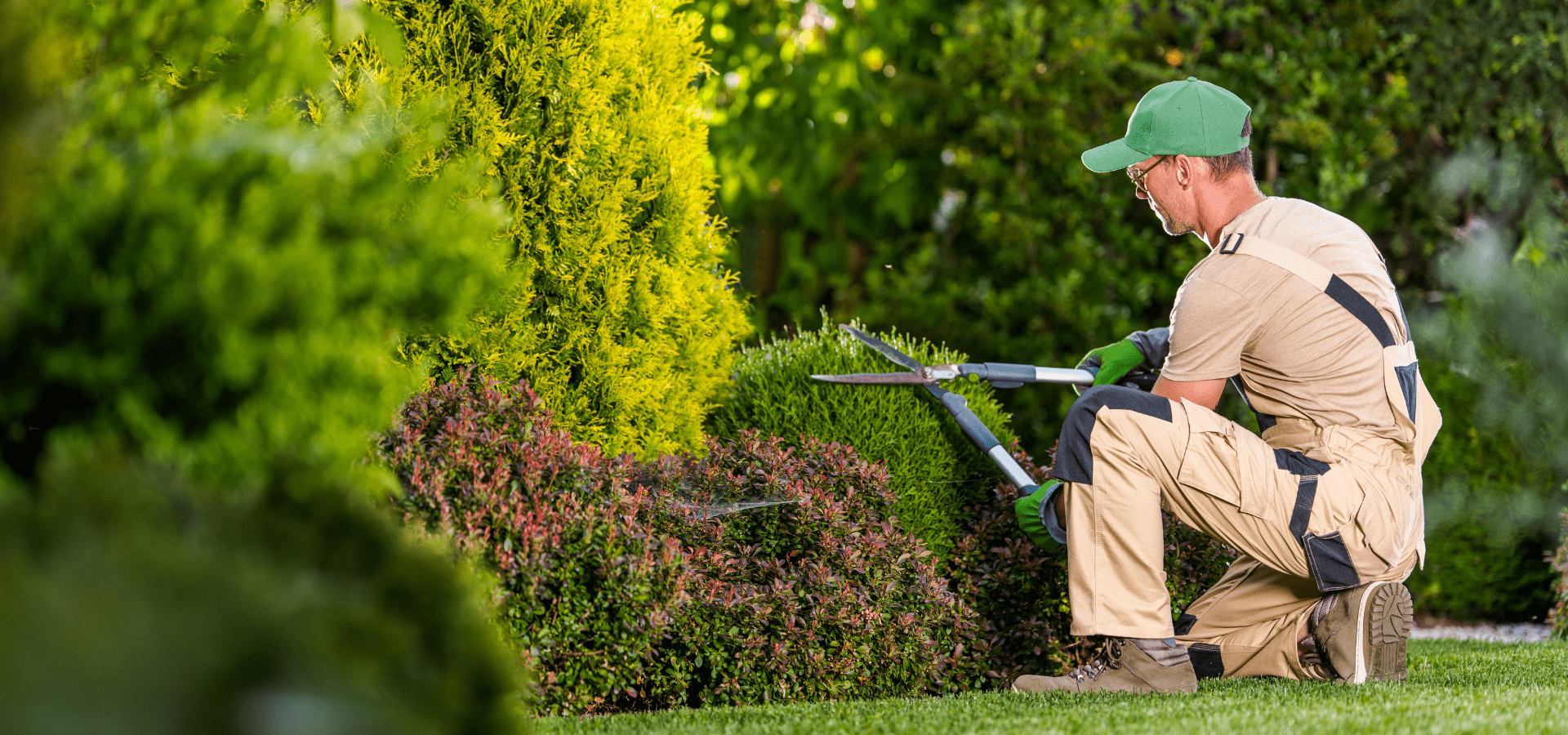
Essential Hand Tools for Every Outdoor Project
Not every landscaping project requires a fancy machine. Some of the most essential tools you'll use are simple and affordable hand tools. These workhorses help you with all sorts of tasks, from digging holes to tidying flower beds.
Basic Tools
Here are some essential hand tools every homeowner needs.
- Hand pruners: Like scissors for your garden, used for making clean cuts on stems and branches
- Loppers and shears: Tackle thicker branches than pruners
- Gardening gloves: Protect your hands from scratches, blisters, and dirt
- Hand rake: Comes in different tine designs, perfect for scooping leaves or smoothing soil
- Spade: Your digging friend; helps with tasks like turning soil, edging beds, and carefully transplanting plants
- Trowel: Small, handheld shovel for delicate tasks like planting seeds, mixing soil amendments, and carefully digging up small plants.
- Watering can: Comes with different attachments, like a rose head for gentle sprinkling or a regular spout for precise watering around plants.
- Wheelbarrow: It makes hauling everything easier - moving bags of mulch, transporting rocks, or cleaning up yard debris.
Power Tools That Can Simplify Your Landscaping
Now, let's move on to power tools. These can be real game-changers for more challenging tasks. They make quicker work of larger areas. Here are some of the most helpful power tools for keeping your lawn healthy and tackling those stubborn landscape challenges.
Lawn Mowers
Keeping your lawn lush and green takes some effort. Mowers come in many forms. Choose between gas-powered and electric models. There are also push mowers vs. riding ones.
You can even select a robotic mower for days when you just can’t get motivated. These mowers work like indoor robotic vacuum cleaners. They learn your yard’s barriers and obstructions and start mowing.
Trimmers, Edgers, & Leaf Blowers
String trimmers or weed eaters use a rotating string to cut through grass, weeds, and brush. Homeowners usually opt for affordable electric models that get the job done. These models let you trim around trees and along flower beds. They help you easily trim around foundations, patios, and most obstacles.
Gas-powered trimmers are great options for larger or wilder areas. Maybe a section of the yard near a public green space continually gets blackberry or other vine growth. Gas-powered trimmers are stronger than electric ones to cut through vines and tough weeds.
Edgers work best along sidewalks and driveways. They have a vertical spinning blade that cuts a crisp line. They aim to create a clean separation between lawn and hardscape areas. They prevent grass from creeping into unwanted places, leaving well-defined boundaries.
Leaf blowers remove large amounts of leaves and debris from open, flat surfaces. Use them on lawns, driveways, and walkways to quickly remove leaves, pine needles, and grass clippings. Leaf blowers also spruce up a patio before relaxing or entertaining outdoors. They’re perfect for blowing out debris that’s hard to reach around deck furniture.
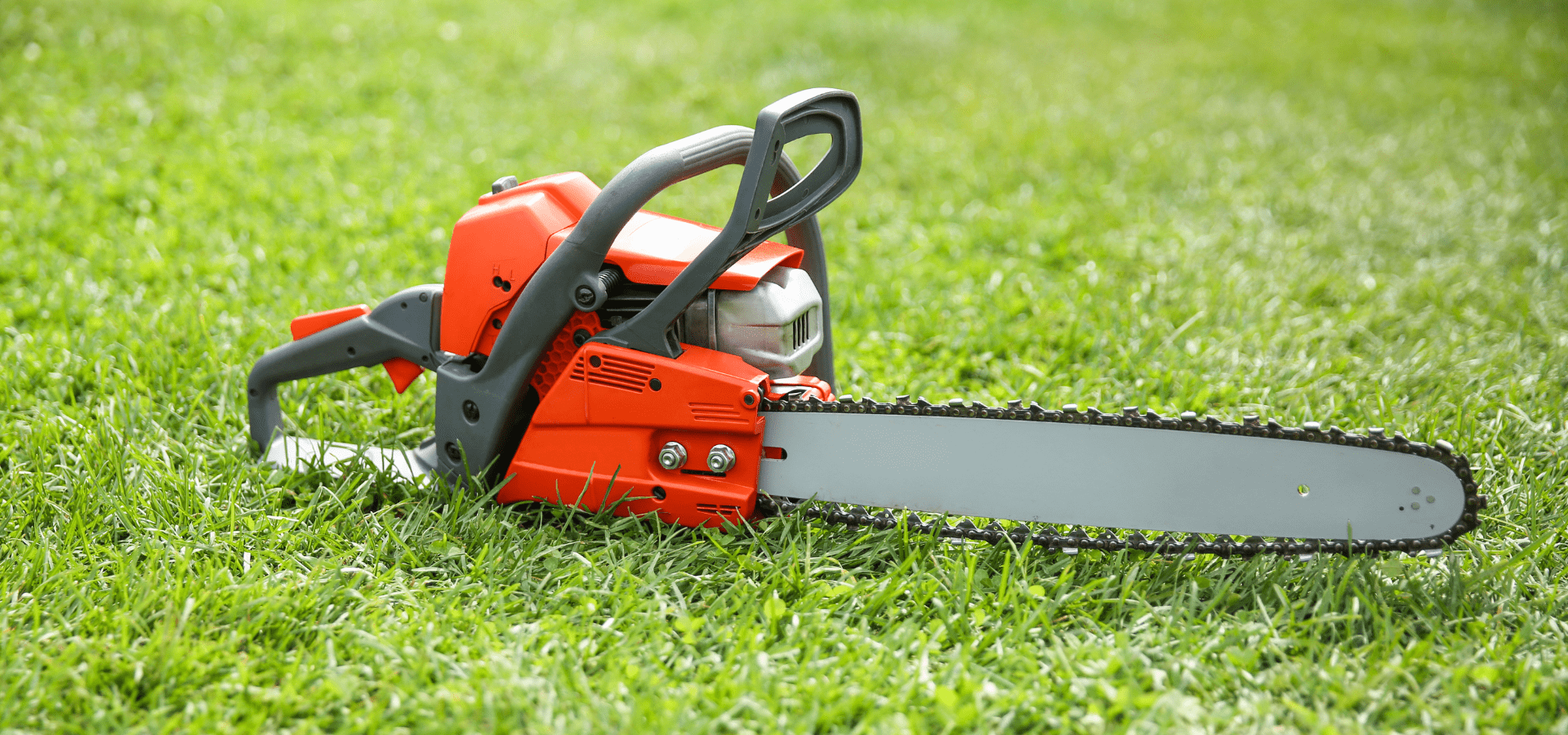
Power Tools for Tough Jobs
Big jobs don’t come around every day. But when they do, having the right tools makes all the difference.
Chainsaw
A chainsaw might not be on every homeowner's landscaping tools and equipment must-have list. But it can be a valuable tool for tackling specific, occasional jobs. For example, a homeowner might consider having a chainsaw to remove large branches or dead trees. Chainsaws are also handy for storm cleanup, making short work of projects that take forever with a hand saw.
If you have a woodburning fireplace or an outdoor firepit, chainsaws help you cut logs into manageable firewood sizes. However, chainsaws are powerful tools that require proper training and safety gear to operate safely.
Rotor tiller
Again, not every homeowner needs a rotor tiller. However, since they range in size, a small tiller is perfect for preparing new planting beds. If you're starting a new garden or flower bed in a new area, a rototiller can quickly break up tough, compacted soil, making it easier to plant seeds or seedlings.
Over time, soil can become compacted from foot traffic or heavy equipment. A rototiller can help loosen up compacted soil, improving drainage and aeration.
Adding compost, manure, or other nutrients to your soil can significantly improve its quality. A rototiller helps you easily mix those soil improvements into your garden bed’s dirt.
Pressure washer
The last power tool for tough jobs is a pressure washer. It’s handy to have if your budget allows for it. A pressure washer blasts away dirt, grime, mold, mildew, and even some stains from decks, patios, walkways, siding, and fences.
If you plan to paint or stain a deck, fence, or other outdoor structure, a pressure washer removes dirt and loose paint. This leaves a clean surface for the new paint or stain to stick to.
A pressure washer is like a super strong hose that can blast away tough dirt and grime, leaving hardscapes looking fresh again. Use one on a grease-stained garage floor or a mildew-covered patio.
Choosing the Right Tool for the Job
When choosing landscaping tools and equipment, consider the size and scope of your outdoor project. New homeowners might consider buying tools at garage sales to save money.
You don’t have to buy every tool immediately. Instead, purchase garden equipment over time as a project calls for it.
Whether you buy used or new, quality tools make a difference.
- Material and build: Look for tools made with sturdy materials like forged steel or high-quality plastic. Flimsy tools will break easily and be frustrating to use.
- Brand reputation: Research reputable brands known for building durable and reliable tools.
- Weight and comfort: When choosing hand tools, consider the weight and how comfortable you feel using them.
- Warranties and guarantees: A good warranty shows the manufacturer's confidence in the tool's quality.
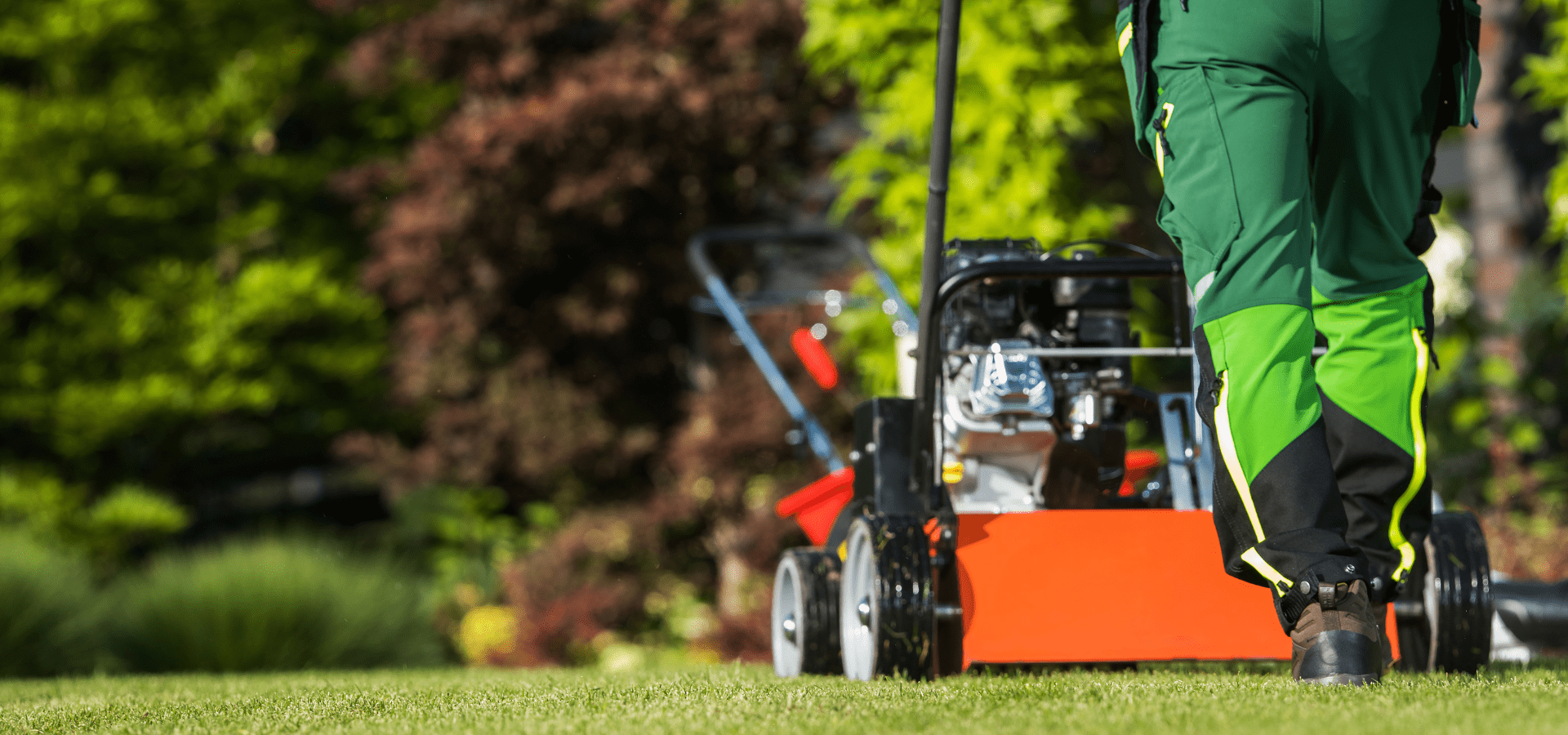
Caring for Your Lawn and Garden Tools
Clean landscaping tools and equipment after use and store them properly to extend lifespans. A garden shed or even a corner of the garage keeps tools dry between uses, so they’re less likely to rust.
Keeping your pruners, loppers, and shears sharp is important for clean cuts and healthy
plants. Regularly sharpen them with a sharpening stone and lubricating oil. Focus on maintaining the bevel angle while stroking the blade along the stone. After sharpening, remove any burrs with the flat side of the stone. This technique also works for your lawn mower’s blade.
Here are some power tool winterizing tips for colder months.
- Drain the gas: If your tool uses gas, run until the engine sputters and dies to use up any remaining fuel. This prevents leftover gas from gumming up the engine parts during storage.
- Clean and store: Wipe down your tools to remove dirt and debris. Store them in a clean, dry place. It is best to store them indoors or in a protected shed to shield them from harsh winter weather.
- Battery care: For battery-powered tools, remove the partially charged battery and store it in a dry location inside.
Renting vs. Buying Garden Equipment
Choosing between renting or buying landscaping tools and equipment depends on a few key factors:
- Frequency of Use: Will you use this equipment a few times a year or regularly?
- Project Scope: Is this a one-time project, or do you plan on using the equipment for ongoing maintenance?
- Storage Space: Do you have a dedicated space to store bulky equipment?
Renting is a good option for one-time projects. It’s cost-effective if you only need the equipment for a specific project, like removing a large tree stump or tilling a new garden bed.
For tasks you don't tackle often, like using a power edger or a chainsaw, renting avoids the cost and storage burden of owning the equipment. It also lets you test a tool before committing to buying it.
Buying is a good option for frequent use. Do you plan on using the equipment regularly for ongoing maintenance or multiple projects? Buying can be more cost-effective in the long run compared to renting repeatedly.
Owning your equipment also gives you the convenience of having it available whenever you need it.
Remember to factor in routine maintenance and repair costs when considering buying equipment for your landscape designs.
Conclusion
Your lawn and garden projects can be enjoyable and rewarding with the right tools. The best equipment for you depends on your project and how often you'll use it. So, feel free to ask for help at your local hardware store or consult a professional landscaping companies for more specific advice.
With some planning and the right tools, you'll be well on your way to creating a beautiful outdoor setting.
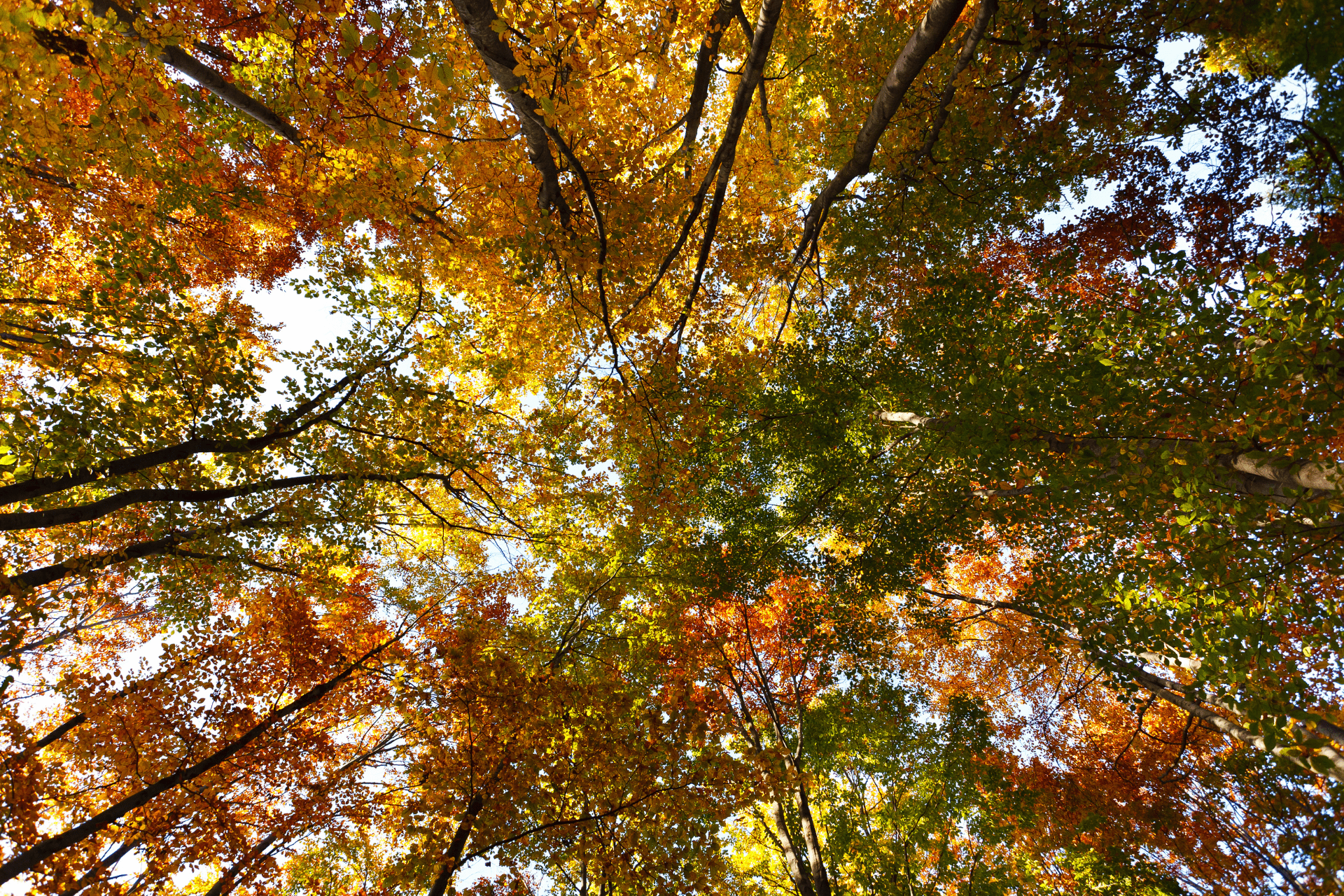

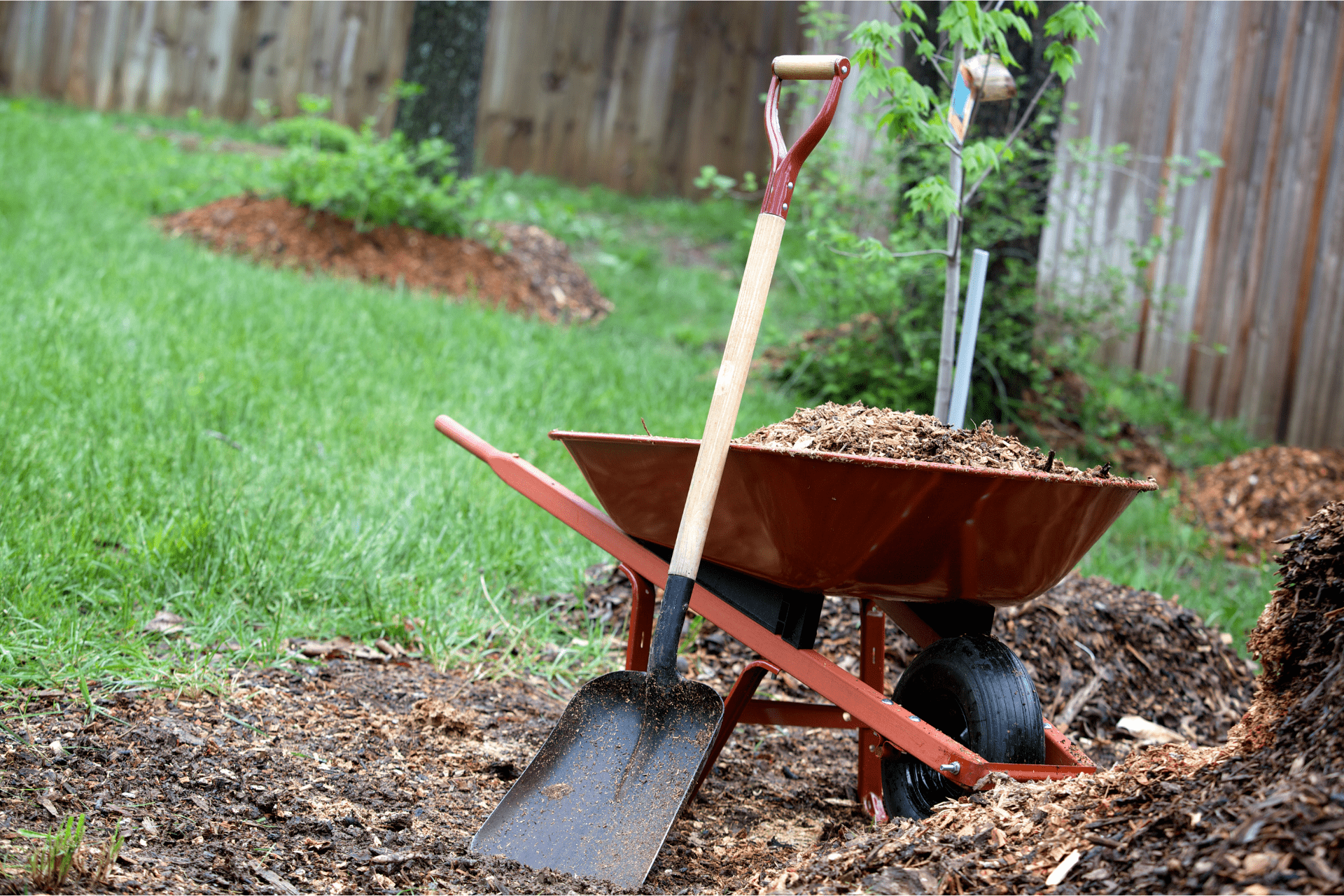
Contact
Richmond (City), Virginia, United States of America
